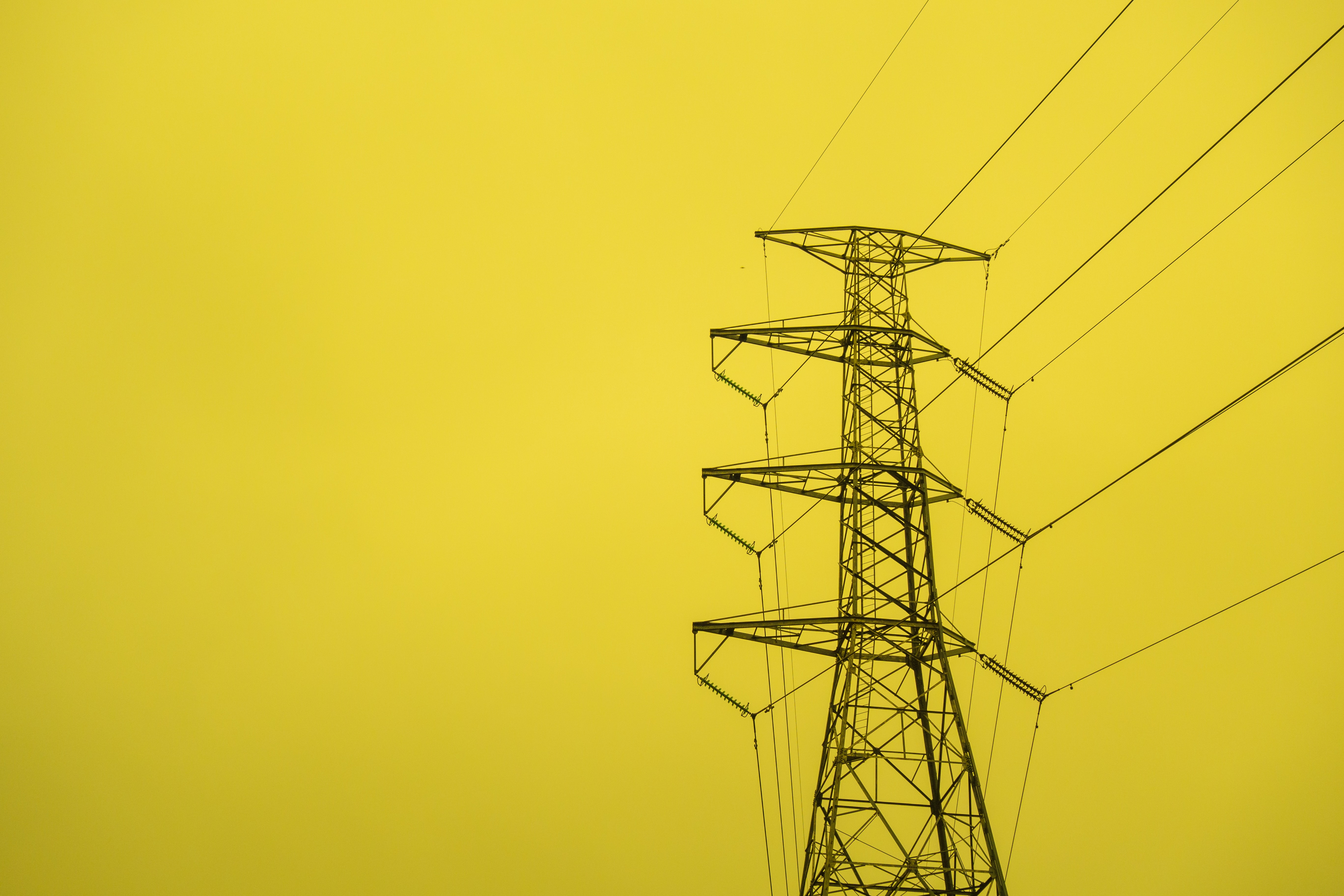A Free Market Solution for South Carolina’s Energy Future
South Carolina is at a turning point. With one of the fastest-growing populations in the country and a booming economy, the demand for reliable, affordable energy has never been higher. Yet, our outdated energy system—dominated by utility monopolies—is struggling to keep up. Without modernization, we risk not only higher costs but also potential energy shortages that could hamper growth and economic competitiveness.
Fortunately, there are proven solutions: introducing a regional or state wholesale energy market (an energy imbalance market, known as an EIM, is one of them).
By embracing competition and efficiency, South Carolina can reduce electricity costs, enhance reliability, and position itself as a national leader in energy reform.
The Growing Energy Challenge
Since 2007, South Carolina’s population has grown by over one million people, with another million expected by 2042. Economic expansion, particularly in manufacturing and high-tech industries, is pushing electricity demand to all-time highs. If we continue with the status quo energy system with no reforms, our power grid will not be able to keep up with growing demand.
State leaders have sounded the alarm:
- House Speaker Murrell Smith warns that the state is “dangerously close” to lacking the capacity to meet energy demand.
- Senator Tom Davis emphasizes that “demand is outstripping supply” due to population growth and business expansion.
- And in his 2025 State of the State address, Governor Henry McMaster urged legislators to address the crisis, saying that SC’s “electric generation, distribution, and transmission capacity and capabilities must be able to handle enhanced future economic development, anticipated technological advances, and population growth.”
Despite these warnings, the state’s monopoly-driven energy system remains inefficient. Utilities like Dominion, Duke Energy, and Santee Cooper operate mostly independently, often failing to coordinate resources effectively. This lack of competition and resource-sharing results in higher costs and reduced efficiency—burdens that fall on commercial, industrial, and residential ratepayers.
A Smarter, More Affordable Approach
Modernizing South Carolina’s energy system isn’t just about keeping the lights on—it’s about saving consumers money and fostering economic growth.
A recent study on South Carolina’s electricity market found that creating a regional or state wholesale energy market could save ratepayers up to $360 million annually by increasing efficiency, reducing operational costs, and improving energy distribution. Currently, two-thirds of the U.S. benefits from these competitive energy markets, but the Southeast lags behind.
By allowing utilities to voluntarily trade electricity across a larger geographic area, these markets promote:
- Lower Costs: Competition drives down prices, reducing generation and transmission costs.
- Increased Reliability: Shared resources improve grid stability and minimize outages.
- Greater Transparency: Centralized management ensures fair pricing and better oversight.
South Carolina Can Lead the Way
The Southeast is one of the last regions in the country without a regional wholesale energy market. By taking the lead in energy reform, South Carolina has the opportunity to set the standard for the region—delivering cost savings to residents, attracting new businesses, and ensuring a stable energy future.
Beyond savings, modernization could create up to one million new jobs in the energy sector by 2040 through infrastructure development, generation, and operational roles in managing the new system. A more efficient and competitive energy market would not only strengthen the grid but also spur job creation and long-term economic growth, as well as energy innovation through emerging technology like small modular reactors.
The Time for Action Is Now
This legislative session, South Carolina’s General Assembly has the opportunity to embrace a bold, market-driven approach to energy reform. By supporting policies that establish a regional or state wholesale energy market, specifically an Energy Imbalance Market (EIM), lawmakers can deliver lower costs, improved service, and a modernized grid that benefits residents and businesses alike.
The path forward is clear: South Carolina must move beyond monopoly control and embrace competition to secure a more reliable and affordable energy future. With smart reforms, we can ensure that our state remains an attractive place to live, work, and invest for generations to come.
Palmetto Promise Institute will soon be publishing more research in support of a voluntary wholesale energy market for South Carolina, so stay tuned.





